Canada has launched a two-month, high-tech mission spanning the seas as far as Japan to tackle illegal fishing in international waters of the North Pacific.
Canadian Coast Guard vessel Sir Wilfrid Laurier called in at Yokohama, Japan on Oct. 1 for a first visit to the country during an international effort to detect and deter illegal, unreported and unregulated (IUU) fishing in the region, said Sean Wheeler, chief of international enforcement with the conservation and protection program at Fisheries and Oceans Canada’s (DFO).
Dubbed Operation North Pacific Guard, it’s the second Canadian-led multinational fisheries enforcement effort to protect important global fish stocks such as salmon in the high seas Wheeler said.
Global estimates suggest illegal fishing accounts for about 30 per cent of all fishing, representing up to 26 million tonnes of fish caught annually with a cost of $23 billion to the global economy, according to DFO.
“There’s clearly an unknown factor here about how much the fishing on the high seas might be impacting stocks that we're directly concerned about, like salmon, especially, but tuna as well,” Wheeler said, “or how it’s affecting the overall environment and the ecosystem, because we’re really conscious that it's one Pacific Ocean [stretching] from Victoria to Tokyo.”
The operation relies on a mix of satellite monitoring, ship patrols, and three weeks of daily surveillance flights departing from Hokkaido, Japan.
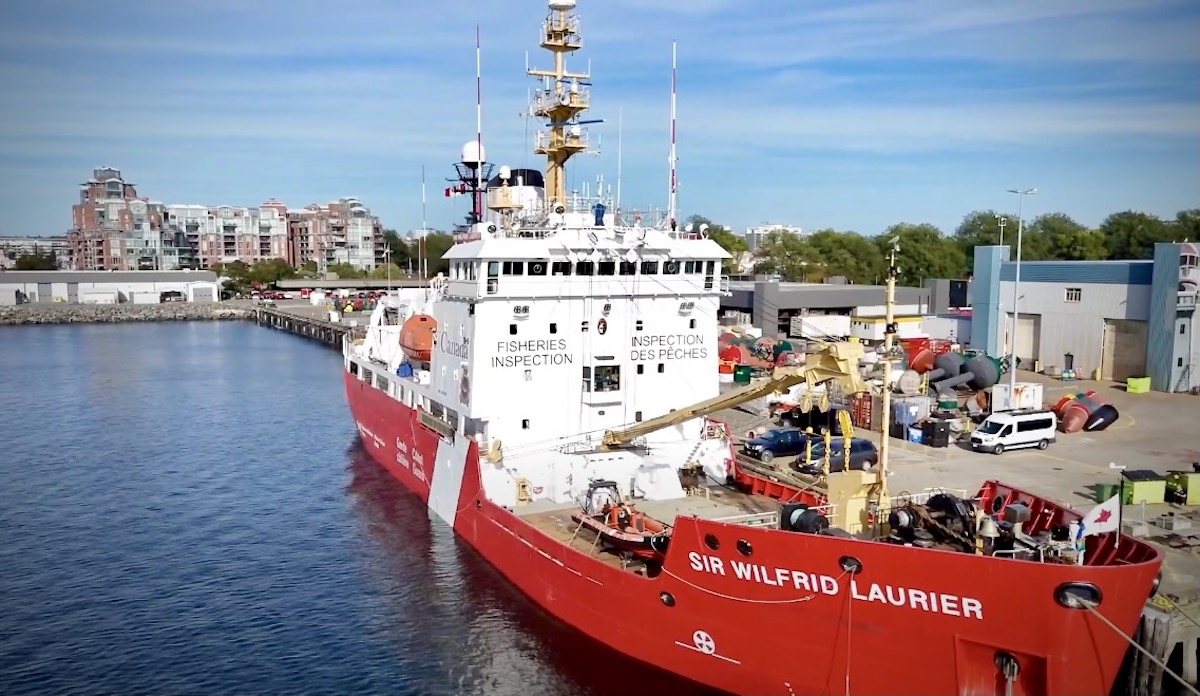
Fishery officers will patrol over 7,500 kilometres of ocean on the Sir Wilfrid Laurier — a high endurance, multi-purpose vessel that is also a light icebreaker — and board ships for inspections to ensure they are complying with international fishing regulations.
United States Coast Guard officers and staff with the U.S. National Oceanic and Atmospheric Administration (NOAA) are also being deployed in support of the mission.
Coordinated efforts and information sharing between nations paired with technological advances increase the ability to monitor fishing and other illegal activities in vast international waters thousands of kilometres from shore well beyond Canada’s national 200 nautical mile boundary, Wheeler said.
More than 1,200 fishing vessels registered with Russia, United States, Canada, Korea, Japan, China, Taiwan, Vanuatu and the European Union are authorized to operate in the North Pacific, Wheeler said.
A vessel’s flag state is responsible for any of its ship's violations but the authorities of other nations can inspect to check for compliance with regulations, he added.
DFO officers patrol and inspect vessels under international law to enforce the United Nations ban on destructive drift-nets and to ensure boats are following regional high seas fishing rules.
In 2021, DFO launched its $7 million Dark Vessel Detection program which uses state-of-the-art technology and satellite data to track and locate fishing boats looking to hide their activities by switching off their transmitting devices, or automatic identification system (AIS), which provide a ship’s name and location.
Using a suite of high-tech tools and near real time information allows flight and sea patrols to prioritize areas with lots of fishing or target suspicious vessels instead of searching large stretches of ocean blindly, Wheeler said.
Emerging trends for detecting “dark vessels” by DFO includes using commercial radio frequency and chatter to gather data on vessels’ activity, according to a federal Access to Information request by Canada’s National Observer.
DFO buys data from different companies that use satellites to detect radio frequency emissions from vessels on the water, the document notes.
These emissions come from “dark” boats’ marine radars, VHF radios and satellite phones that can be geolocated to pinpoint vessels that may be fishing illegally.
DFO also uses information gathered by the Canadian Space Agency’s RADARSAT Constellation system — a trio of new generation satellites that orbit the Earth taking pictures of land and sea, including in remote areas like the Arctic, on a daily basis.
The dark vessel program also collates information from partner nations and uses NOAA’s Visible Infrared Imaging Radiometer Suite that captures visuals and infrared images of the world’s oceans.
Following each mission, Canada provides information about violations it detects to vessels’ flag state nations for follow up, Wheeler said.
During the current mission, fishery officers will also collect environmental data and water samples to better understand high seas marine ecosystems, including the migration range of species of interest, such as Pacific salmon, and the levels of microplastics in ocean water, he added.
“These are very difficult, expensive areas to get a ship to,” Wheeler said.
“So, we’re trying to collect as much environmental data as well while we're conducting the operation.”
Rochelle Baker / Local Journalism Initiative / Canada's National Observer

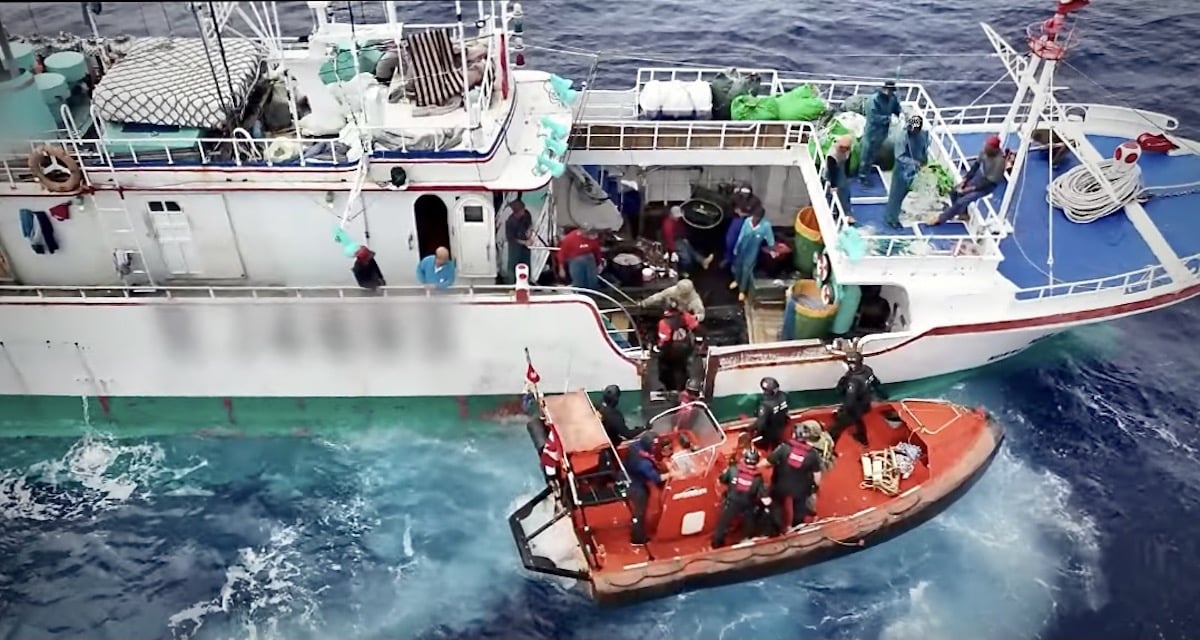

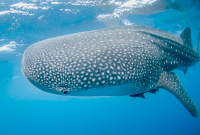

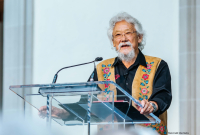
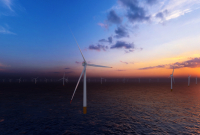
Comments
It is high time that all those satellites littering our skies, actually paid their way by producing some real benefit for the planet. All that technology to enable inane human communication or global surveillance finally being used for beneficial purposes.